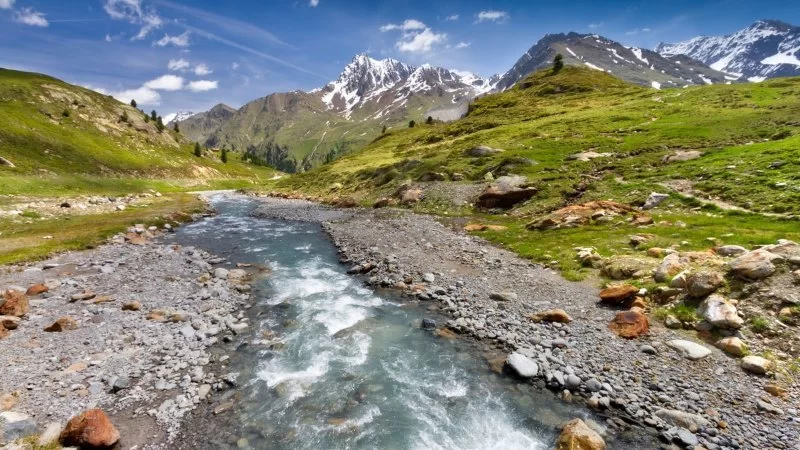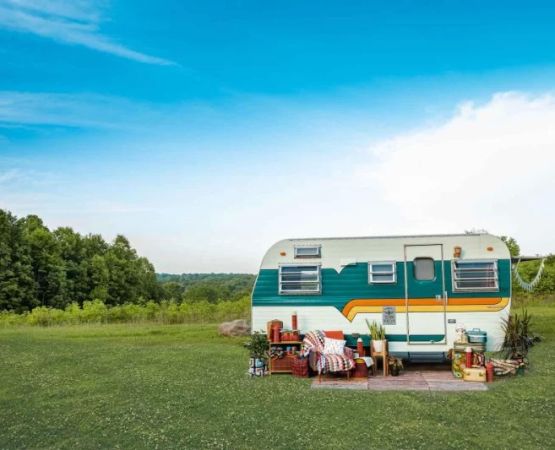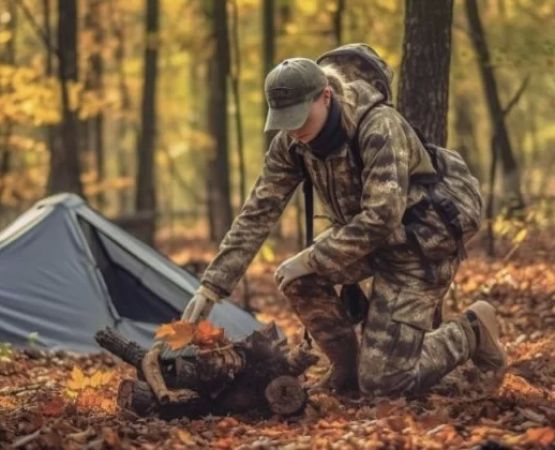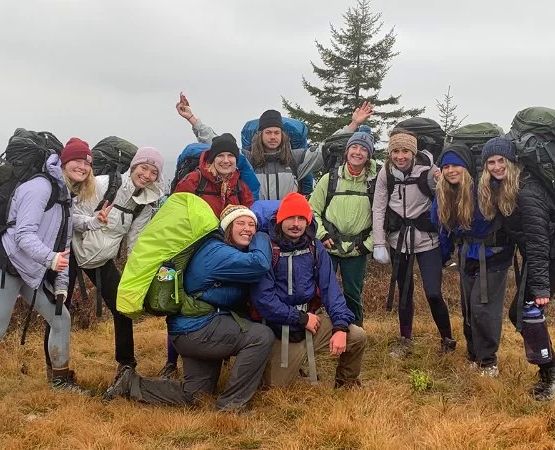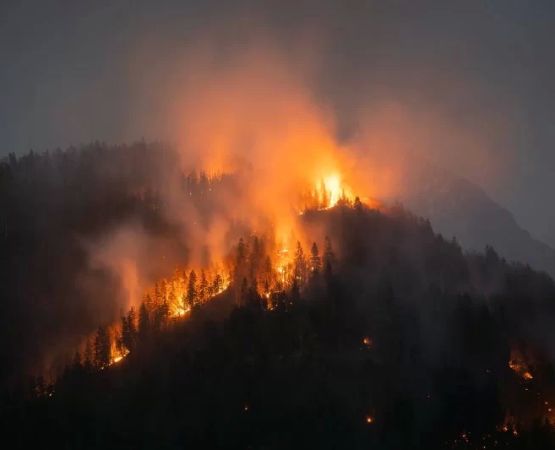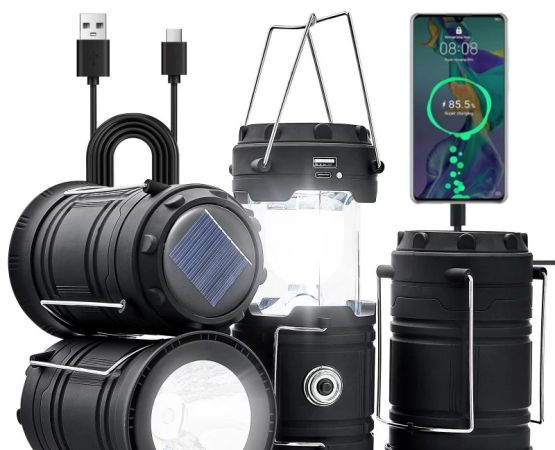- why-understanding-water-sources-in-the-backcountry-matters
- types-of-natural-water-sources-you-might-encounter
- water-safety-and-contamination-risks
- methods-to-make-backcountry-water-safe-to-drink
- real-stories-from-backcountry-hikers
- gear-and-guidance-from-pine-cliff-resort
1. Why Understanding Water Sources in the Backcountry Matters
When heading into the wilderness, one of the most crucial survival skills is understanding water sources in the backcountry. Water is not just a necessity—it’s the foundation for safe and successful outdoor experiences. Whether you're hiking, camping, or backcountry skiing, knowing where and how to find water can mean the difference between a refreshing adventure and a dangerous misstep.
1.1 Dehydration Can Set In Fast
In cool temperatures or high elevations, it’s easy to forget how much you're sweating. But even mild dehydration can lead to fatigue, dizziness, and poor decision-making—none of which you want when navigating the backcountry.
1.2 Not All Water Is Safe
Just because water looks clean doesn’t mean it’s drinkable. Backcountry sources can be contaminated with bacteria, parasites, or heavy metals from upstream wildlife or human activity. Understanding what to avoid and how to treat what you find is essential.
2. Types of Natural Water Sources You Might Encounter
Depending on your location, you’ll come across a range of water sources. Each has its pros and cons, especially when it comes to accessibility, reliability, and purity.
2.1 Streams and Rivers
Flowing water is typically cleaner than stagnant pools, but still needs treatment. Look for spots where the current is swift and clear, avoiding areas downstream from campgrounds or livestock grazing.
2.2 Springs
Springs bubbling directly from the ground are among the purest sources you can find—especially at higher elevations. That said, it’s still smart to filter or treat the water to be safe.
2.3 Lakes and Ponds
These are easy to spot and access, but often contain more organic matter and bacteria. Draw water from near the surface, away from sediment and algae blooms.
2.4 Snow and Ice
In alpine environments, snow can be a lifesaver. But you’ll need to melt and filter it first. Never eat snow directly—it lowers your core temperature and can increase dehydration risk.
3. Water Safety and Contamination Risks
Understanding water sources in the backcountry also means knowing what could go wrong. Even crystal-clear water may carry invisible threats.
3.1 Biological Contaminants
Giardia, Cryptosporidium, and E. coli are common pathogens in untreated water. Symptoms include severe stomach cramps, diarrhea, and vomiting—none of which are easy to deal with on a trail.
3.2 Chemical Pollutants
In areas near mining sites, farms, or wildfire zones, water can contain harmful chemicals like pesticides or heavy metals. These are harder to detect and filter out, so avoid questionable sources altogether if possible.
3.3 Algae and Biofilm
Blue-green algae (cyanobacteria) blooms, often found in warm, stagnant lakes, can produce toxins harmful to both humans and animals. Avoid water with visible scum or strong odors.
4. Methods to Make Backcountry Water Safe to Drink
You’ve found water—now what? There are several proven methods to purify water in the wild, and your choice may depend on your pack weight, travel style, or length of stay.
4.1 Boiling
The most foolproof method. Bring water to a rolling boil for at least one minute (three minutes at high elevations). It kills bacteria, viruses, and parasites effectively, but requires fuel and time.
4.2 Filtration Systems
Portable water filters (pump, gravity, or straw-style) remove most bacteria and protozoa. Some even remove microplastics. Just make sure your filter is rated for backcountry use and clean it regularly.
4.3 Chemical Treatment
Tablets or drops using chlorine dioxide or iodine are lightweight and effective. The downside? They can leave a chemical taste and may require wait times of 30–60 minutes. Not ideal for treating very cold or silty water.
4.4 UV Purification
UV light pens can neutralize pathogens within seconds—but only in clear water. They’re fast and convenient but rely on battery power and don't remove debris or particles.
5. Real Stories from Backcountry Hikers
Backpacker Mariah L. shared on her blog how she once made the mistake of trusting a high-mountain stream without treating the water. “It was glacier-fed, crystal clear. I thought I was safe,” she wrote. Days later, she was airlifted out with giardiasis. Lesson learned: always treat your water, no matter how clean it looks.
In contrast, David K., a seasoned section hiker on the Appalachian Trail, carries a compact gravity filter everywhere. “It takes a bit more time to set up, but it lets me relax while water purifies itself. I’ve never gotten sick—and I’ve drunk from some questionable puddles.”
6. Gear and Guidance from Pine Cliff Resort
At Pine Cliff Resort, we understand how vital safe hydration is to any wilderness adventure. That’s why we offer backcountry prep courses and supply top-rated water filtration gear designed for rugged environments. Whether you’re planning a weekend getaway or a multi-day trek, our team can help you assess trail conditions, locate reliable water sources, and select the right tools for purification.
Before your next adventure, stop by Pine Cliff Resort to stock up on gear and expert knowledge that can make all the difference when you're relying on nature for survival. After all, understanding water sources in the backcountry is more than a skill—it’s a responsibility.

